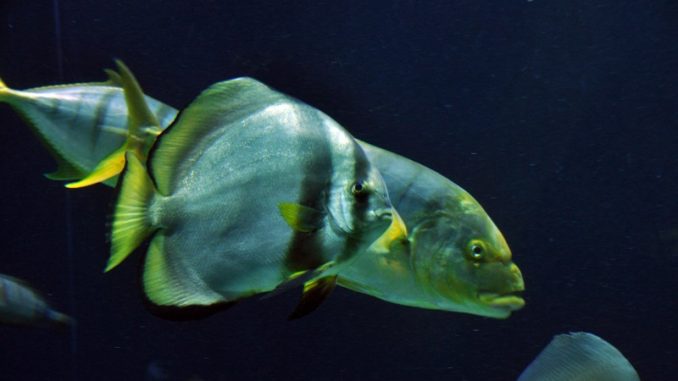
One of the most common diseases in the fishkeeping world is the fin rot. It can be a real danger not only for the sick individual fishes but the whole aquarium ecosystem. This is a very cunning disease that can catch off-guard even very experienced hobbyists.
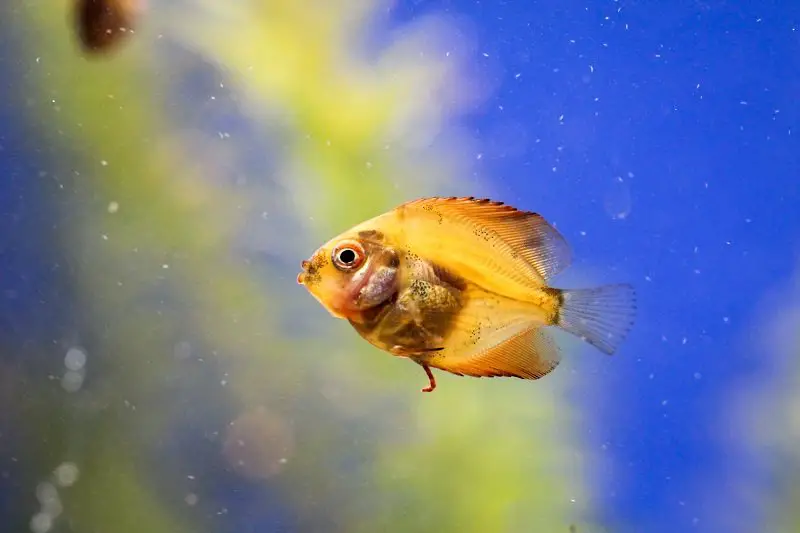
Have you ever encountered fin rot in your tank? If so, you know how important it is to act in a quick and efficient manner to prevent it from spreading. This is exactly what we will be dedicating this article to.
Keep on reading to learn how to spot, treat and prevent fin rot from happening in your tank. Forewarned is forearmed!
What is Fin Rot and why it happens?
The Fin Rot is one of the most widely encountered diseases in fish. Very often fin rot can arise unsuspectedly and cause a lot of trouble for the tank and everything in it. It manifests itself in a particularly unpleasant way.
The fish affected by fin rot has largely irritated and eroding areas of skin around the fins. The fin rot itself is caused by small bacteria, like Vibrio, Aeromonas, Pseudomonas, that quickly grow and spread on fish.
These bacteria can end up in the tank in multiple ways. One of the most common causes of their spread is the second-hand equipment that wasn’t properly cleaned. Alternatively, anything from the outdoors. Many natural rivers have plenty of these small parasites.
They can live on different aquatic plants, driftwood, gravel or sometimes even in living foods. It can also happen that fish coming from an improperly maintained aquarium act as carriers of these harmful parasites.
The bacteria can infest fish even quicker if they damage their skin, which highlights the importance of knowing what to put in your tank (or not to put). The fin rot is also easily transferred from one fish to another and is known to quickly kill off the younger animals.
The sturdier and older fish have more chances to successfully fight off the disease. But in order to understand that there is an issue you need to know how to spot one in the first place. Unfortunately, the symptoms of the fin rot disease can be mistaken for many common illnesses.
The symptoms may depend on particular species, but more common manifestations include erosion of fins and their disintegration. One of the earliest signs of the disease is a change in color of the fins – they become darker and gain a bluish shade.
The blue coloration starts around the corners of fins and gradually closes in, in the end covering the whole fin. In addition to this blue shade fins also become covered by short, thin red stripes. Some evidence connects this to the inflammation of their circulatory system.
The fin rot is also accompanied by the formation of ulcers along the fins, which usually start appearing near the edges. But if the disease is not treated adequately and soon enough, the ulcers can reach the main body where they cause a lot more harm.
The ulcers transfer the infection from the fins to the rest of the body, which can and will often be fatal for the fish. In some cases, the eyes of the fish will appear slightly clouded.
How to treat it?
The treatment of the fin rot disease is a long and demanding process. And even given the full course of treatment, there is a big chance that most fish will not be able to recover from it. To ensure the survival of your fish spotting the disease early and starting the treatment is key, both in saltwater and freshwater systems.
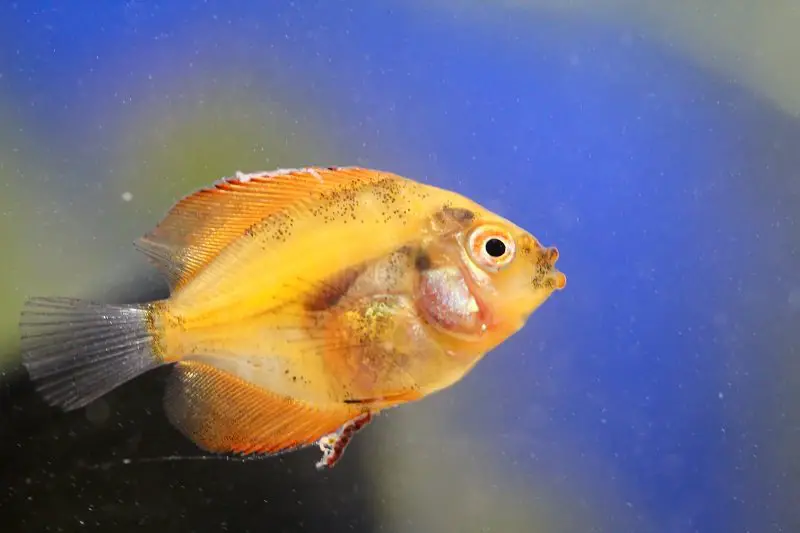
The first thing that should be done is the water renewal – it’s very important to limit the environment so that the fin rot causing parasites won’t be able to survive. It may also make sense to increase the temperature in the tank if your other animals can tolerate it.
If these prophylactic measures didn’t better the condition of your fish, consider other methods. To start off visit your local pet store and purchase specialized chemicals to combat parasitic growth in the tank, these are affordable and can be found everywhere.
The medicine for fish in most cases comes in the form of tablets or soluble powders. These have recommended ratios of chemical to water listed, so even more novice fishkeepers will manage. The easy application using a pipette limits the growth of the troublesome parasites.
While going through the course of treatment, it is important to sustain the temperature that puts additional strain on the disease. At the very early stages, those measures could even be enough to get rid of the disease altogether.
Some aquarists might also recommend separating sick fish from the main bunch to both avoid further spread of the infection and also make the treatment as effective as possible. It could also be beneficial to thoroughly clean the substrate in the tank, disinfecting it.
To avoid the fin rot from ever occurring in your tank in the future, try to maintain good water quality and ensure that the tank decorations are safe for the fish. If you have any sharp rocks, driftwood or stones, either polish them or swap for a safer alternative.
Also, make sure that you know how susceptible species in your tank are to particular diseases. Some fish have poorly performing immune systems, which puts them at an increased risk. In those cases, even indirect contact with the parasite may prove very harmful.
To bring risks down to a minimum, clean the tank often, take care of water renewals and don’t forget to properly clean the equipment as well. Know what weaknesses your fish have too, so you can manage the aquarium better.
Summary
The fin rot is one of the most common aquatic diseases out there. Although it is well-known, treating and spotting it can be hard. Thankfully, there are many specialized chemicals to help you combat the spread of the disease.
If not taken care of in a timely manner, it can sharply reduce the number of fish in your tank. Although there are many methods to treat the disease, the best option is to prevent it from happening in the first place.
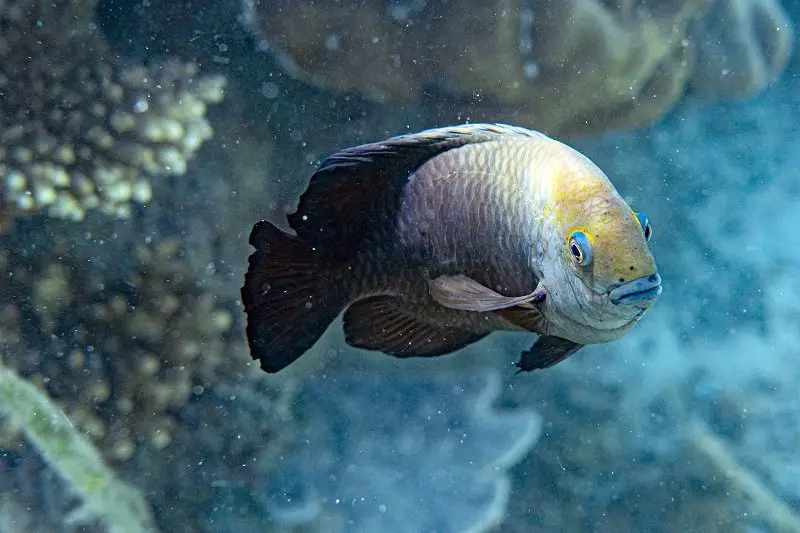
This is where good maintenance of your equipment, regular cleanups, thoughtful decoration, and frequent water renewals can prove very beneficial. These simple steps can prevent a lot of diseases from finding a way into your tank, including the fin rot.
Have you ever had to deal with the fin rot disease? What measures did you take? Let us know in the comments section below…

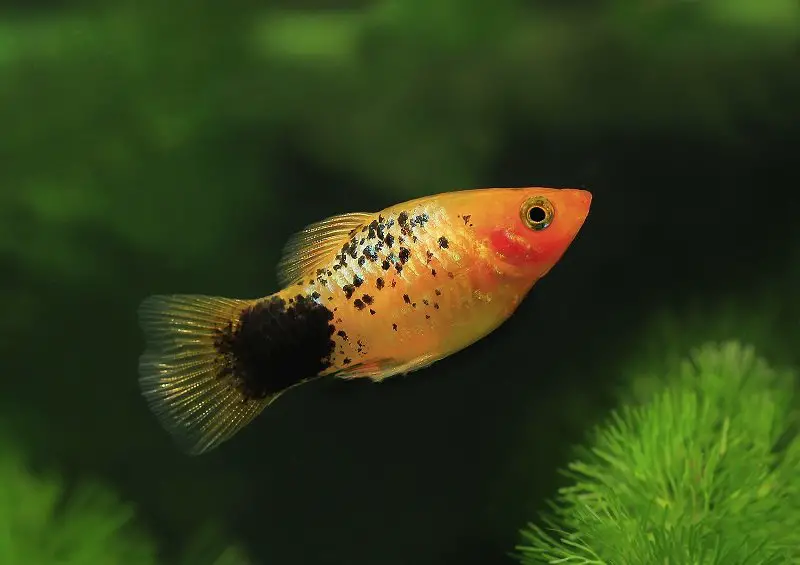
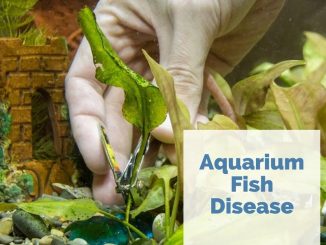

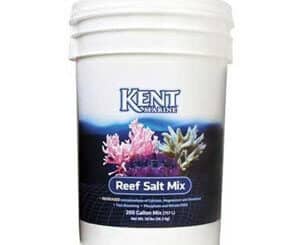

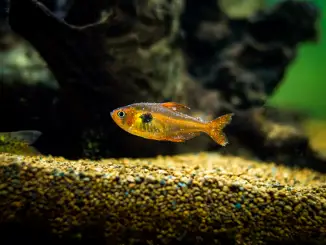
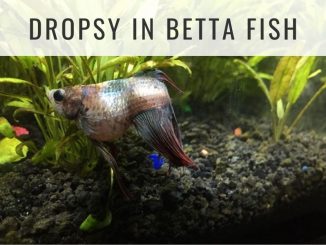

I love this website and the contents it shares! Keep it up! I love all these species.